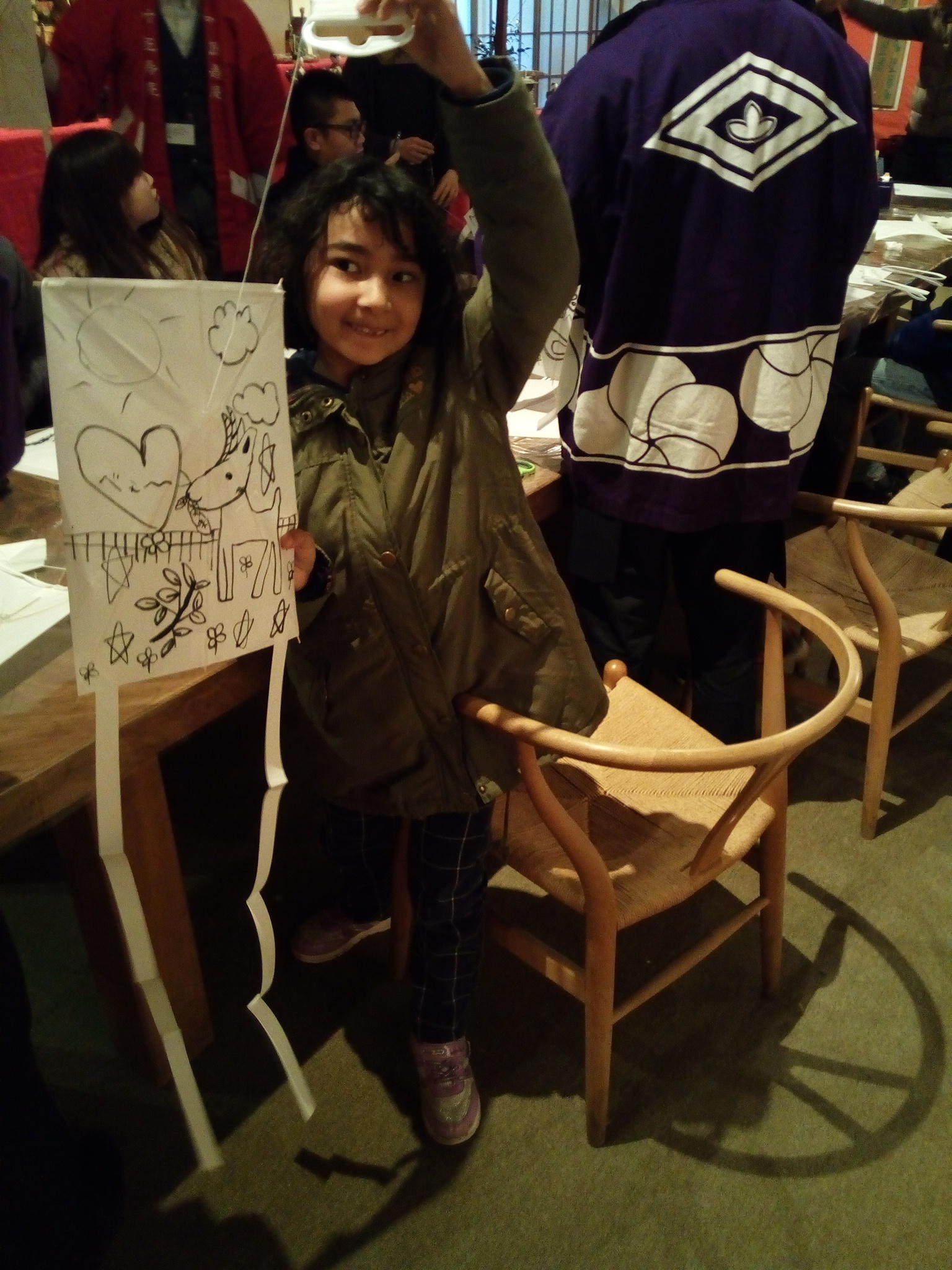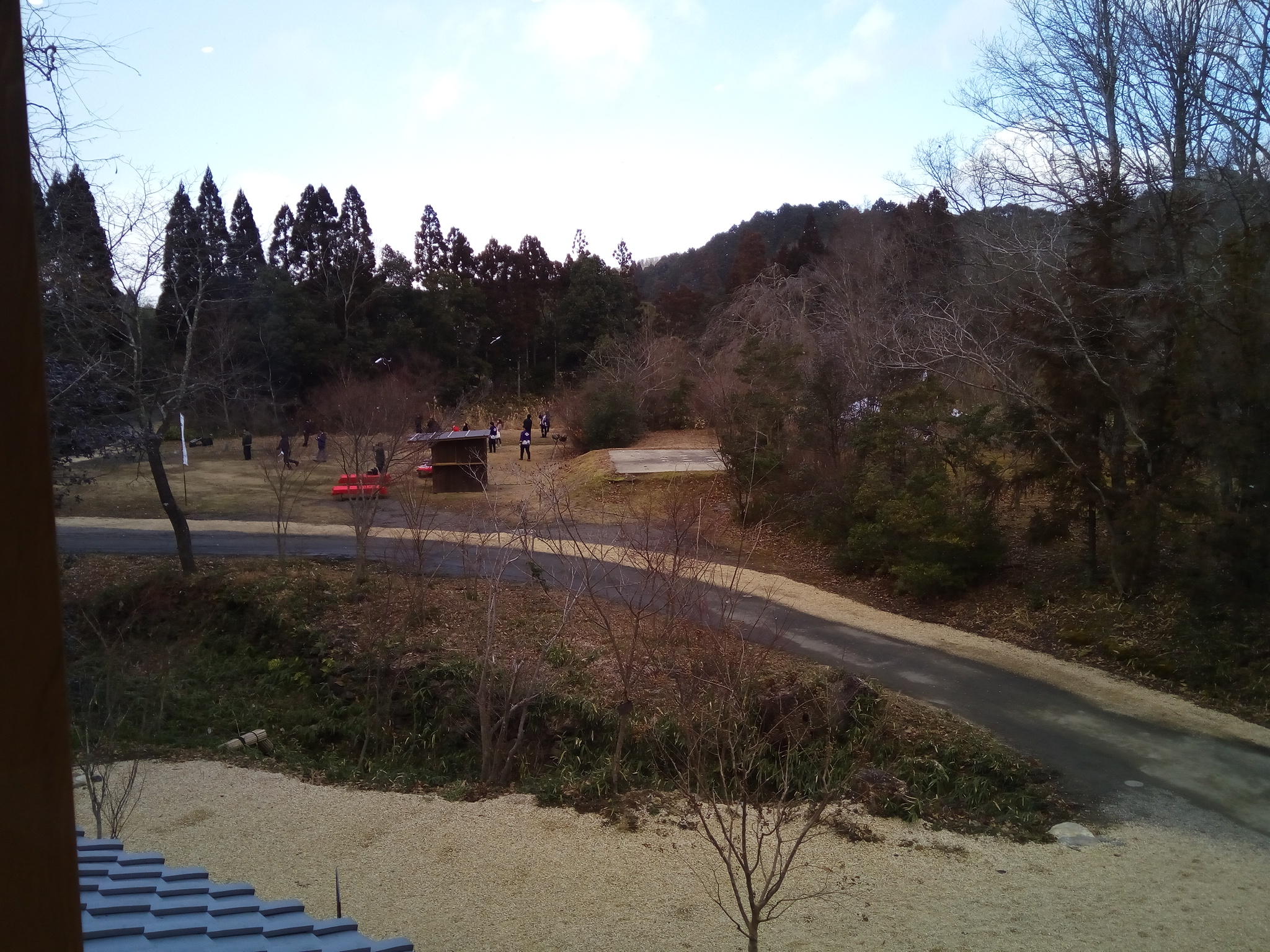24th September, 2020
9:30 JR Otsu station
We arrived at Otsu Station in Shiga Prefecture at 9:30 am, which is conveniently only 9 minutes away from Kyoto Station via the JR train system.Shiga was known as Ōmi Province or Gōshū before the prefectural system was established. Omi was a neighbor of Nara and Kyoto, at the junction of western and eastern Japan. During the period 667 to 672, Emperor Tenji founded a palace in Otsu. Although in current times, the prefecture is known as Shiga, you can see the old province name very prevalently in location names as well as their revered Ōmi Beef, one of the most well known beef brands in Japan along with Kobe Beef.
10:00 Arrive at Marina Club Revre
MARINA CLUB RIVRE is located only 30 minutes away from Kyoto and one hour away from Osaka using the JR Kyoto line and Kosei line. Take one step further for more fun and quality time.Transfer available from JR Katata station.
10:15~12:00 Sailboat (including instruction)
At the Marina Club Rivre, you can try a multitude of water based activities including SUP (Stand Up Paddle Boarding), wind sailing and yachting. We chose the latter for our activity this time around and took off in a yacht with a very experienced captain. While riding around the lake, he pointed out various points of interest such as Omi-Fuji, the tallest mountain in the area. After a bit of instruction, passengers are also allowed to pilot the yacht around the lake.

12:00~13:00 Omi beef BBQ
The Marina Club Rivre also offers lunch packages as well. We went with the Omi Beef package but they also offer a chicken set as well.
Omigyu (Omi beef) Set Menu (locally produced)
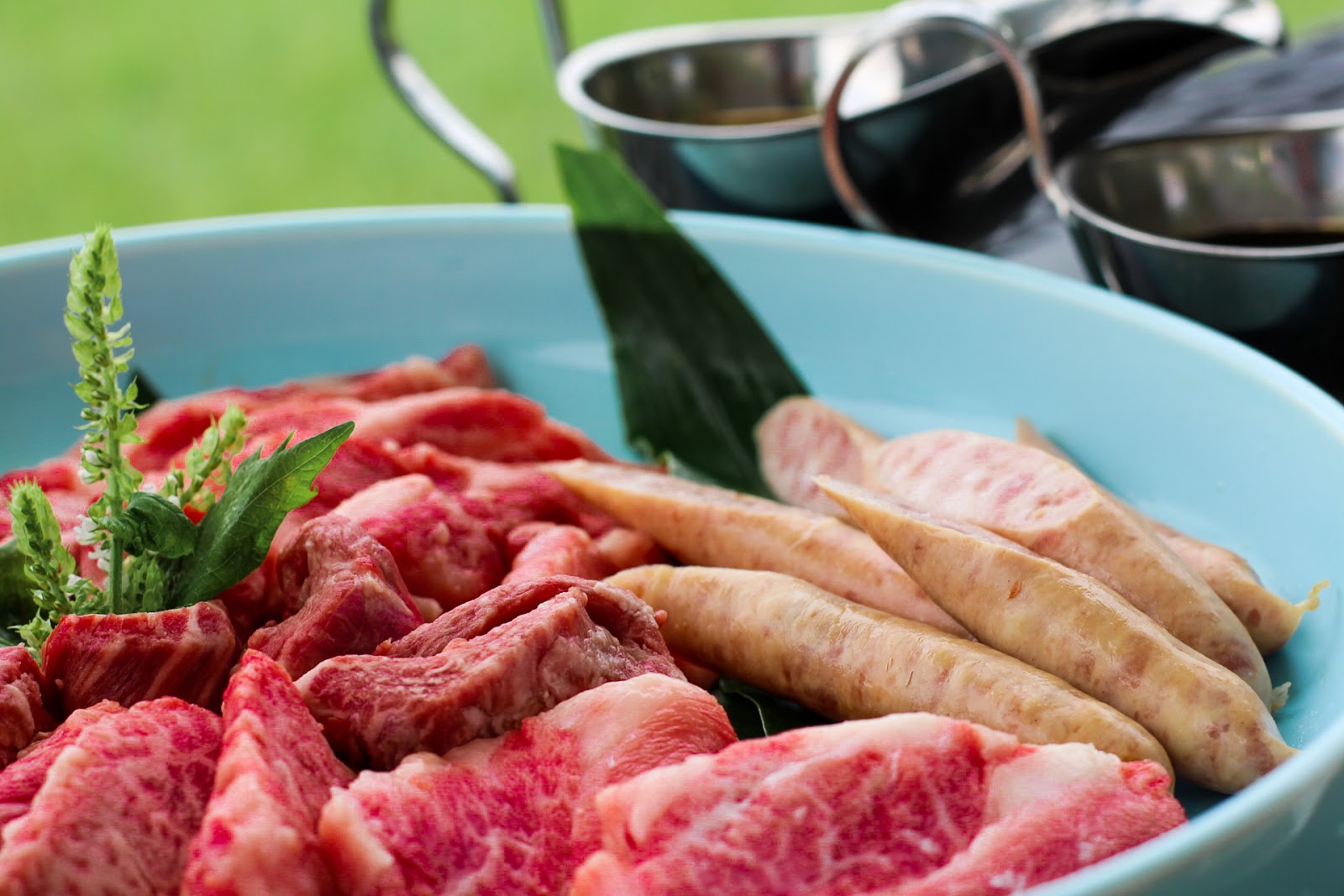
Oumigyu is considered to be among the top-three types of Japanese "wagyu" beef, together with Kobe beef and Matsuzaka beef. It has been recognized as a type of wagyu beef for over 400-years. Please enjoy this delicate, tender, and delicious beef.
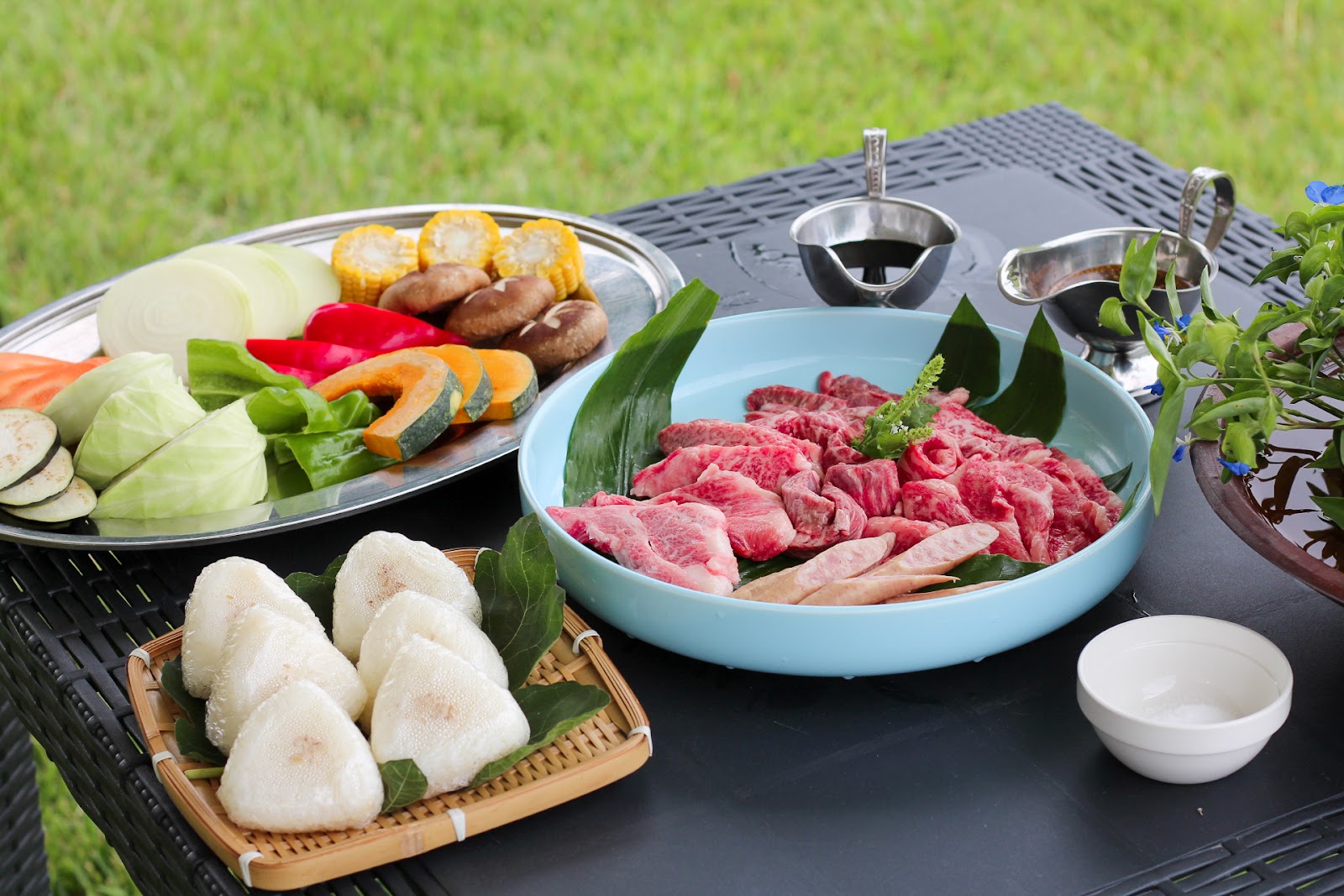
Tankai chicken Set Menu (locally produced)
If you love chicken, we recommend our locally-produced Tankai chicken. The male chickens tend to be leaner, while the females tend to be tender, well-balanced, and moist. Both have a deeply satisfying taste. Enjoy the various textures and consistencies of your chicken, perfectly complemented by our fresh vegetables.
13:20 Arrive at Moriyama Giant Rental Cycle store
Cycling around Lake Biwa is famous cycling route for beginner cyclist in Western Japan. Known as "Biwaichi", this route aims to show riders the more local side of Shiga. ne can expect to run into all sorts of temples, shrines and lovely locals who are keen to share their slice of Japan with you.
Giant Store Biwako Moriyama was opened at Marriott Hotel, so there is no lack of accomodation for those wishing to travel leisurely around the lake.


As the Biwako Ohashi Bridges, which connect Otsu City and Moriyama City in Shiga Prefecture, will mark their 50th anniversary this year, a commemorative ceremony will be held on September 28. The 1.4-kilometer-long southern bridge will be pedestrianized for the first time since its opening. The anniversary will be celebrated through events such as 1,000 people holding hands while standing in a row on the bridge and others.
The first Biwako Ohashi Bridge was opened on September 28, 1964 as a "bridge of dreams" connecting the west coast and the southern and east coasts of the lake in order to contribute to industrial development and promote tourism at Lake Biwa. In 1980, pedestrian and bicycle lanes were installed. In response to increased traffic, a new bridge was constructed on the north side in July 1994, making a total of four lanes. Currently the bridges are run by Shiga Prefectural Road Public Corporation. More than 30,000 cars per day cross the bridges.

⇒Ukimido
The Ukimido, the "floating temple hall" at Mangetsuji Temple, is famous for being featured in one of the Eight Views of Omi, "wild geese returning home at Katata." The current structure is a recreation that was erected in 1937, and then underwent repairs in 1982, yet it fully retains the atmosphere of the original construction. The Kannondo in the temple grounds also contains an Important Cultural Property in the form of a statue of Sho Kannon.
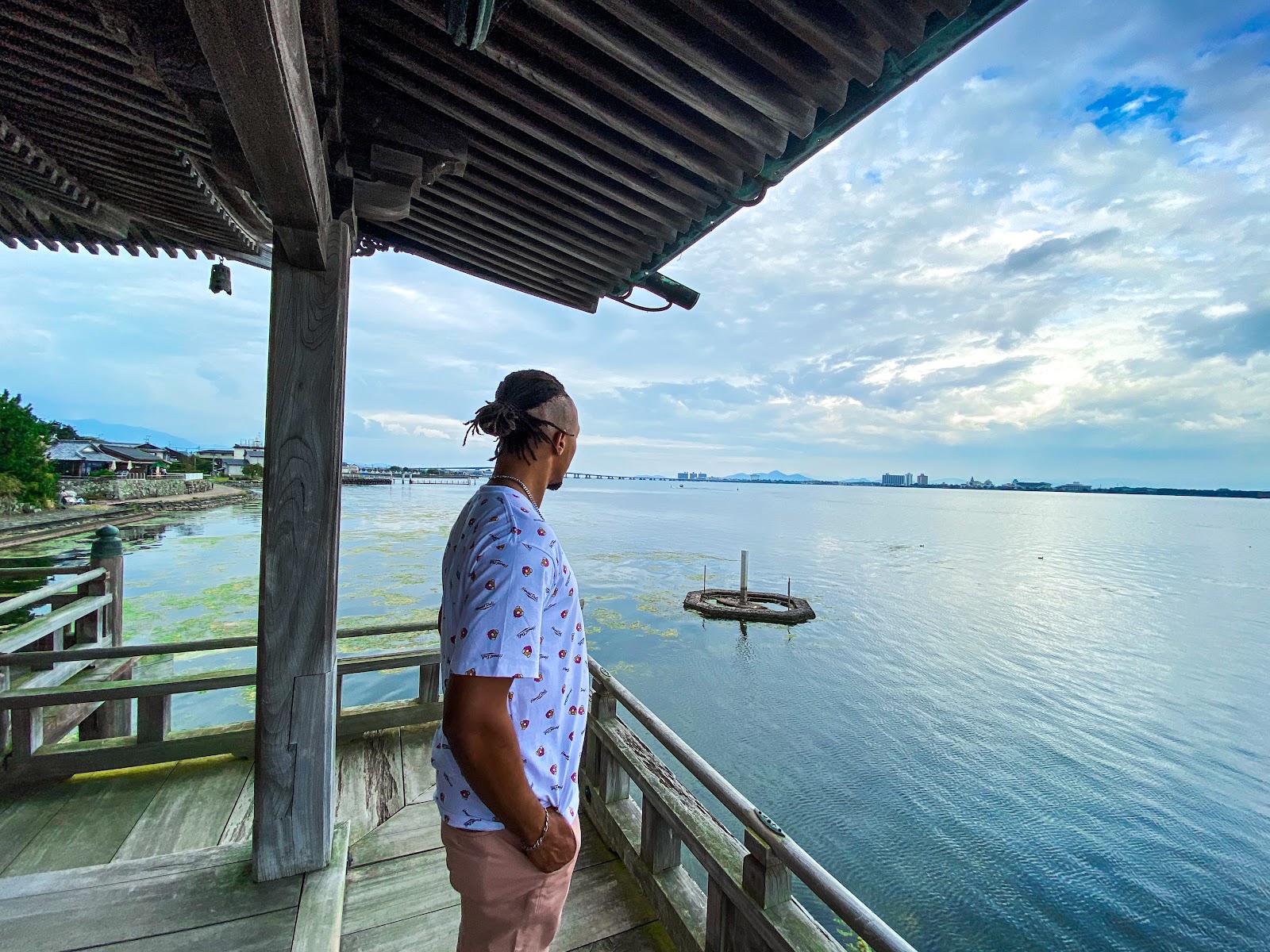
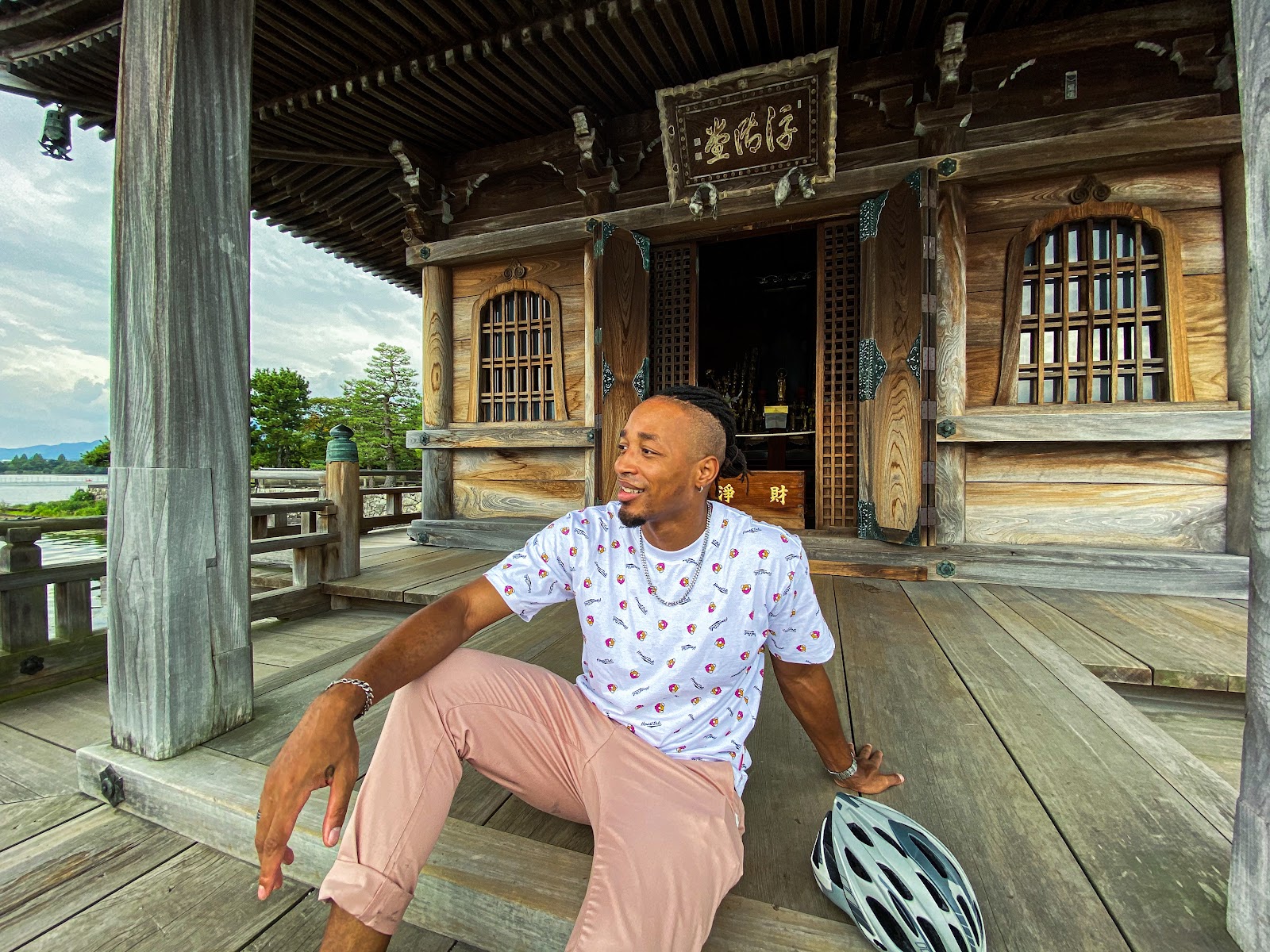
⇒Back to Moriyama Giant Rental cycle store
16;30 Depart from Moriyama
17:30 Check-in at Hotel Koo
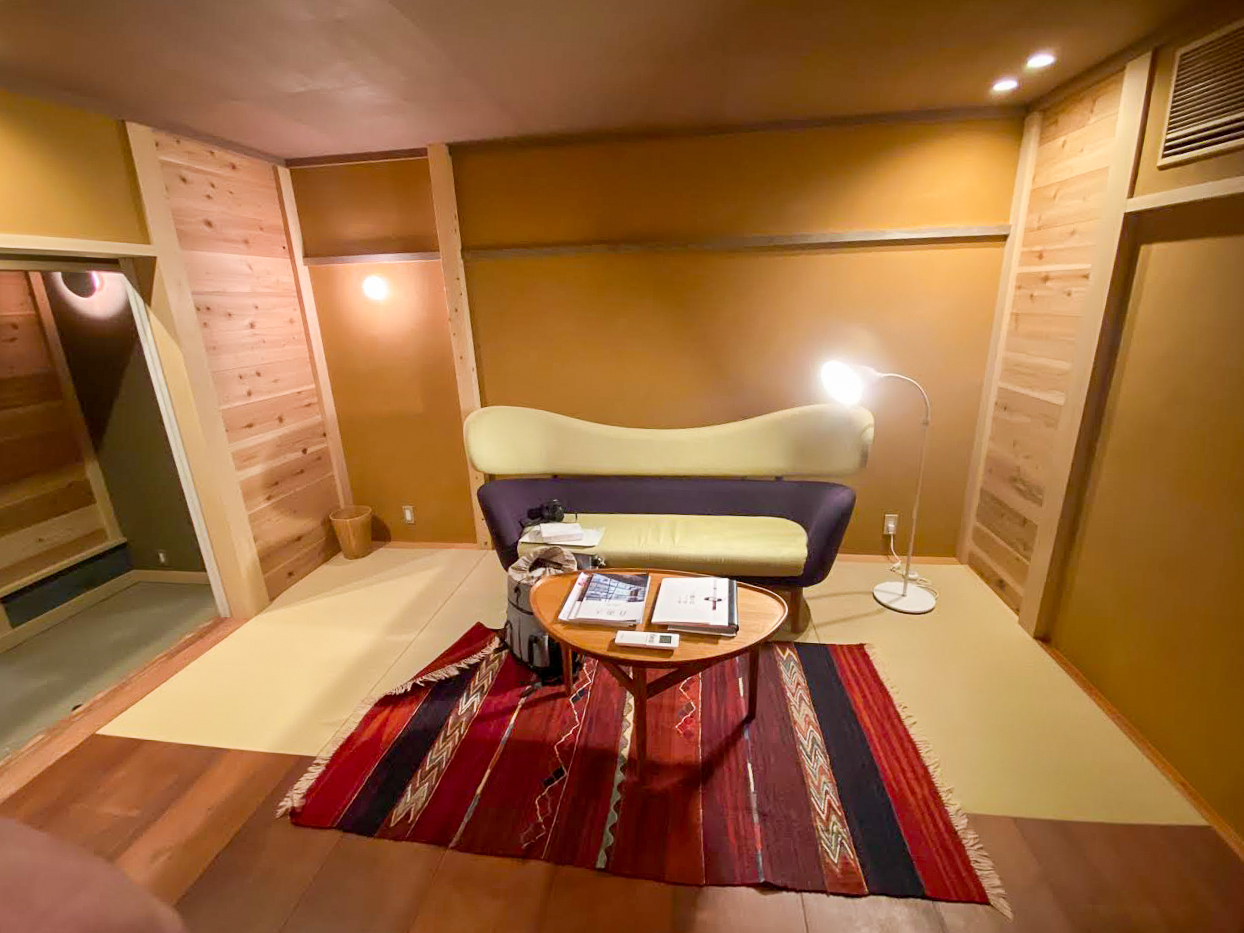

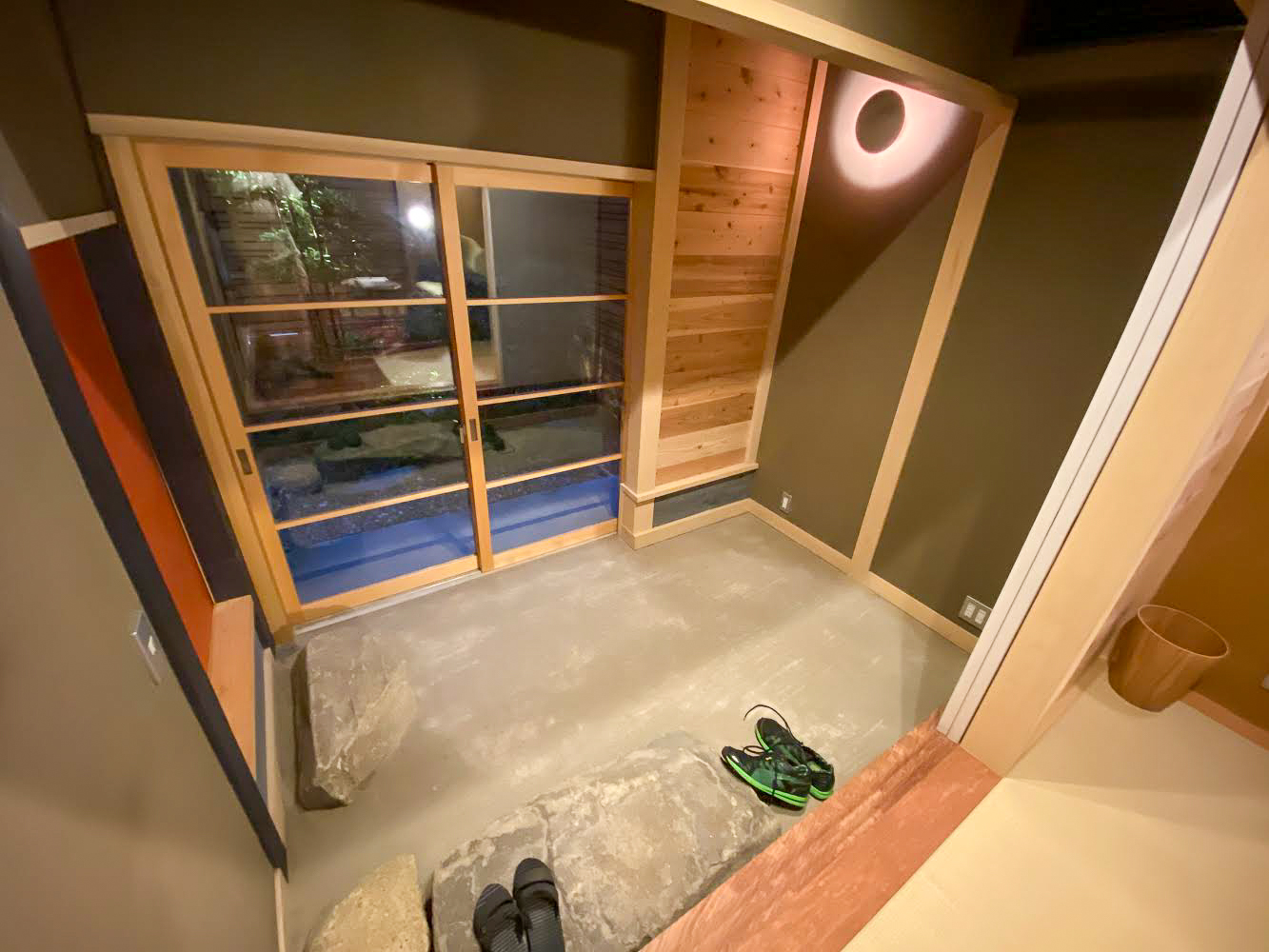
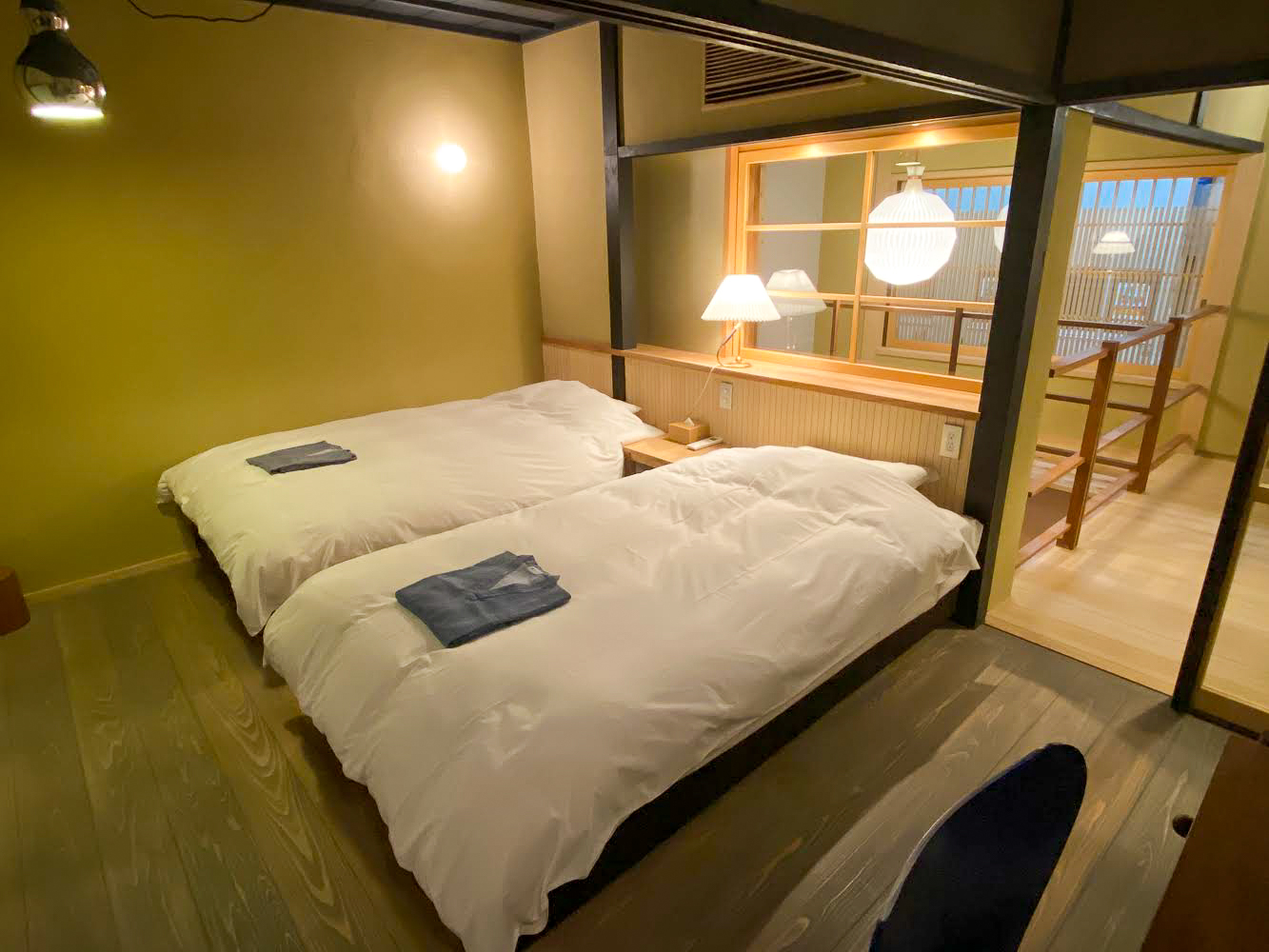
The accommodation is very nice and modern. You feel away from the city. It can be a bit noisy during the day, but if you want to relax at night it's perfect for you. I stayed alone and it was a bit too big for me, but if I ever go to Shiga, I would definitely go with a friend or 4.

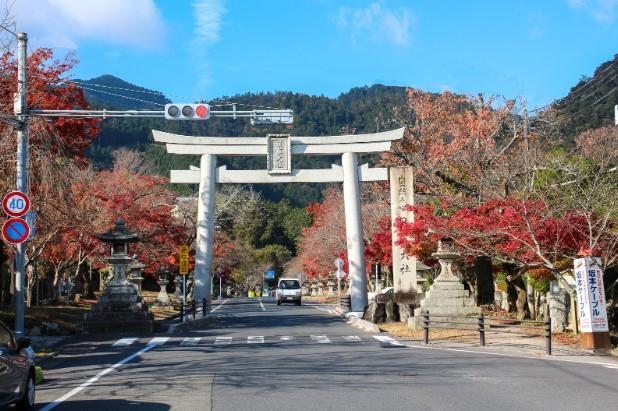
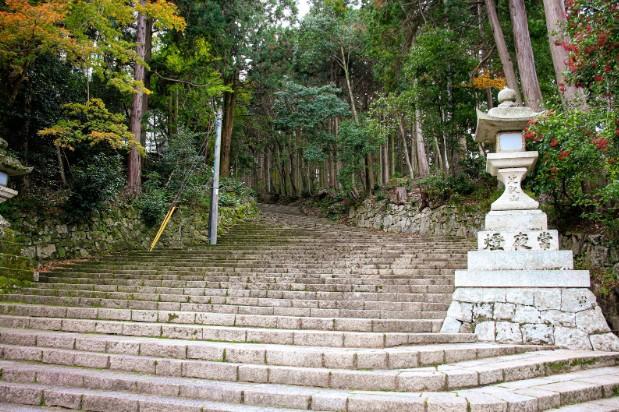
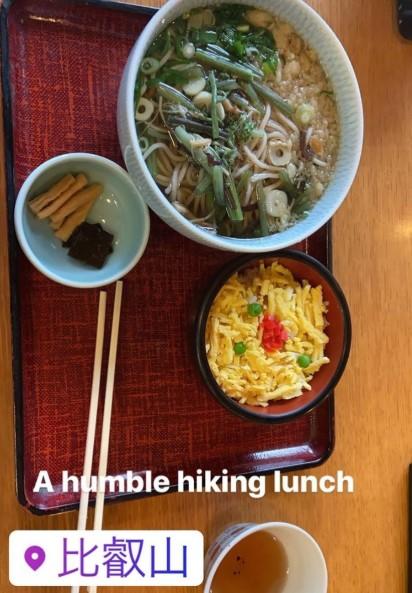
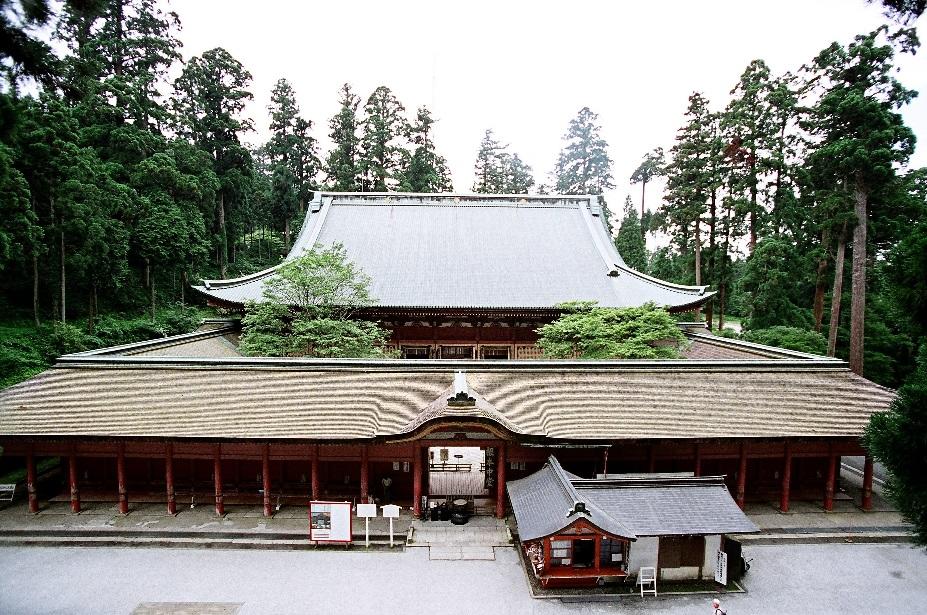
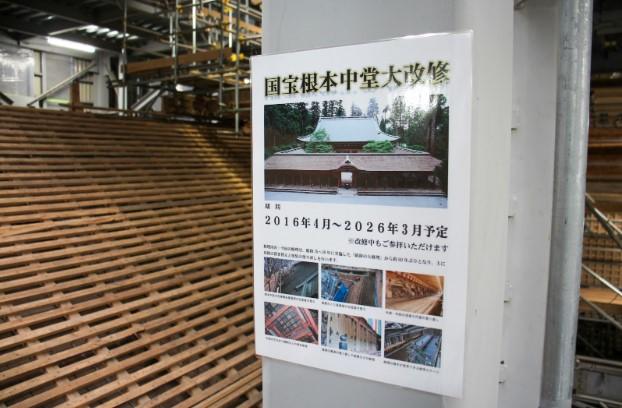
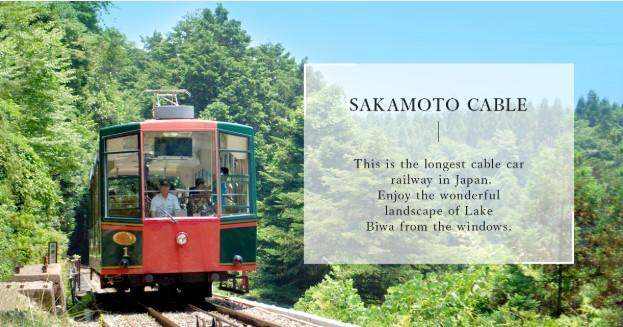
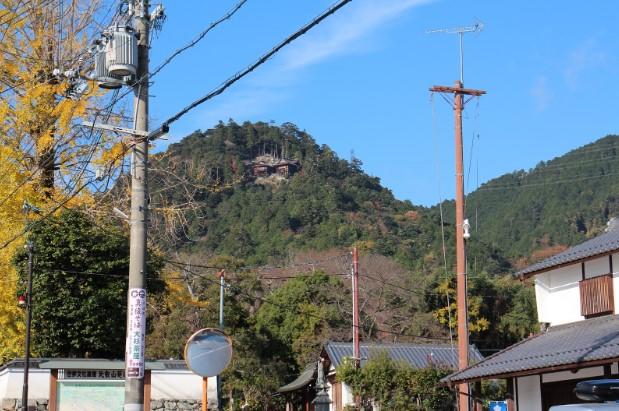
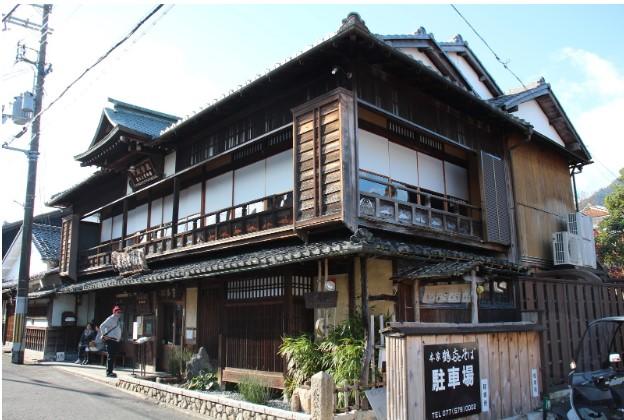



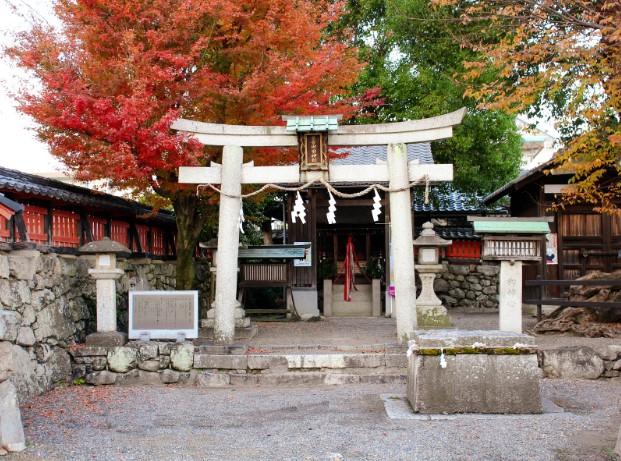
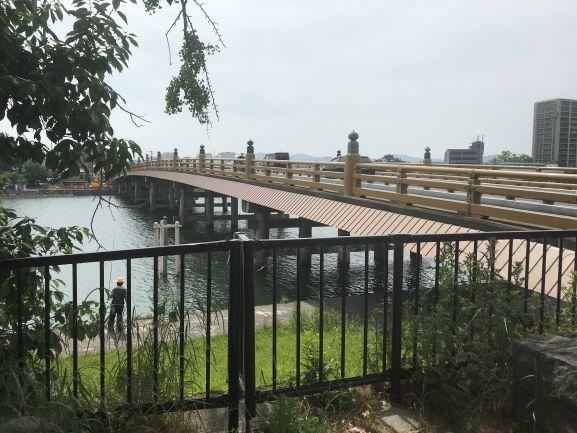 Nous commençons la journée dans la capitale de Shiga, où nous visitons d'abord le pont Seta no Karahashi, qui enjambe la rivière Seta. Une courte promenade nous permet d'apprécier le paysage et de faire le plein de vitamine D. Ce pont a toujours été d'une importance stratégique puisqu'il s'agissait du lien direct à Kyoto le plus sécuritaire étant donné les vents capricieux qui soufflent du mont Hiei sur lac Biwa et déroutent les bateaux. Il a donc été détruit plusieurs fois pendant ses plus de mil ans d'existence et sa forme actuelle est moderne. Encore aujourd'hui, c'est un lieu passant, à l'ombre duquel des pêcheurs se tiennent sur la berge et où le festival Senkosai a lieu tous les mois d'août.
Nous commençons la journée dans la capitale de Shiga, où nous visitons d'abord le pont Seta no Karahashi, qui enjambe la rivière Seta. Une courte promenade nous permet d'apprécier le paysage et de faire le plein de vitamine D. Ce pont a toujours été d'une importance stratégique puisqu'il s'agissait du lien direct à Kyoto le plus sécuritaire étant donné les vents capricieux qui soufflent du mont Hiei sur lac Biwa et déroutent les bateaux. Il a donc été détruit plusieurs fois pendant ses plus de mil ans d'existence et sa forme actuelle est moderne. Encore aujourd'hui, c'est un lieu passant, à l'ombre duquel des pêcheurs se tiennent sur la berge et où le festival Senkosai a lieu tous les mois d'août. On dit que ce sanctuaire est l'un des plus anciens du Japon. Sa proximité au lac Biwa lui donne un lien fort avec l'eau, qui se reflète dans ses différents types de divinations omikuji : ici, la prédiction apparaît comme un message secret au contact de l'eau, là, elle se trouve dans un petit poisson qu'il faut pêcher!
On dit que ce sanctuaire est l'un des plus anciens du Japon. Sa proximité au lac Biwa lui donne un lien fort avec l'eau, qui se reflète dans ses différents types de divinations omikuji : ici, la prédiction apparaît comme un message secret au contact de l'eau, là, elle se trouve dans un petit poisson qu'il faut pêcher! Le sanctuaire est assez grand, avec un étang et un jardin en plus des nombreux bâtiments principaux et auxiliaires.
Le sanctuaire est assez grand, avec un étang et un jardin en plus des nombreux bâtiments principaux et auxiliaires. L'un d'entre eux, juste passé le pont où les carpes se rassemblent sous nos pieds, aiderait à trouver l'amour.
L'un d'entre eux, juste passé le pont où les carpes se rassemblent sous nos pieds, aiderait à trouver l'amour. L'endroit est paisible et nous prenons une autre bouffée d'air avant de retourner à Karahashi.
L'endroit est paisible et nous prenons une autre bouffée d'air avant de retourner à Karahashi. Contrairement aux autres poteries de Shiga, celles de style Karahashi utilisent de l'argile tirée directement du lac Biwa. Cette glaise proviendrait des créatures vivantes du lac, qui insuffleraient leur énergie aux céramiques. Le style est aussi célèbre pour sa laque de couleur « bleu lac Biwa ».
Contrairement aux autres poteries de Shiga, celles de style Karahashi utilisent de l'argile tirée directement du lac Biwa. Cette glaise proviendrait des créatures vivantes du lac, qui insuffleraient leur énergie aux céramiques. Le style est aussi célèbre pour sa laque de couleur « bleu lac Biwa ». Après une discussion fort intéressante avec le maître potier, nous nous dirigeons vers un atelier à part, où nous passons l'heure suivante à fabriquer nos propres tasses.
Après une discussion fort intéressante avec le maître potier, nous nous dirigeons vers un atelier à part, où nous passons l'heure suivante à fabriquer nos propres tasses. Le maître est excellent professeur et nous nous amusons tous ensemble à créer. Le produit fini doit être cuit et lacqué à plusieurs reprises pendant un mois avant d'être prêt.
Le maître est excellent professeur et nous nous amusons tous ensemble à créer. Le produit fini doit être cuit et lacqué à plusieurs reprises pendant un mois avant d'être prêt.
 Là, nous dévorons notre thé et nos boîtes repas remplies de spécialités de Shiga avant de monter sur le pont supérieur pour profiter du paysage.
Là, nous dévorons notre thé et nos boîtes repas remplies de spécialités de Shiga avant de monter sur le pont supérieur pour profiter du paysage.
 Pendant un peu plus d'une heure, la croisière remonte la rivière et fait un tour du sud du lac avant de revenir à son point de départ.
Pendant un peu plus d'une heure, la croisière remonte la rivière et fait un tour du sud du lac avant de revenir à son point de départ.













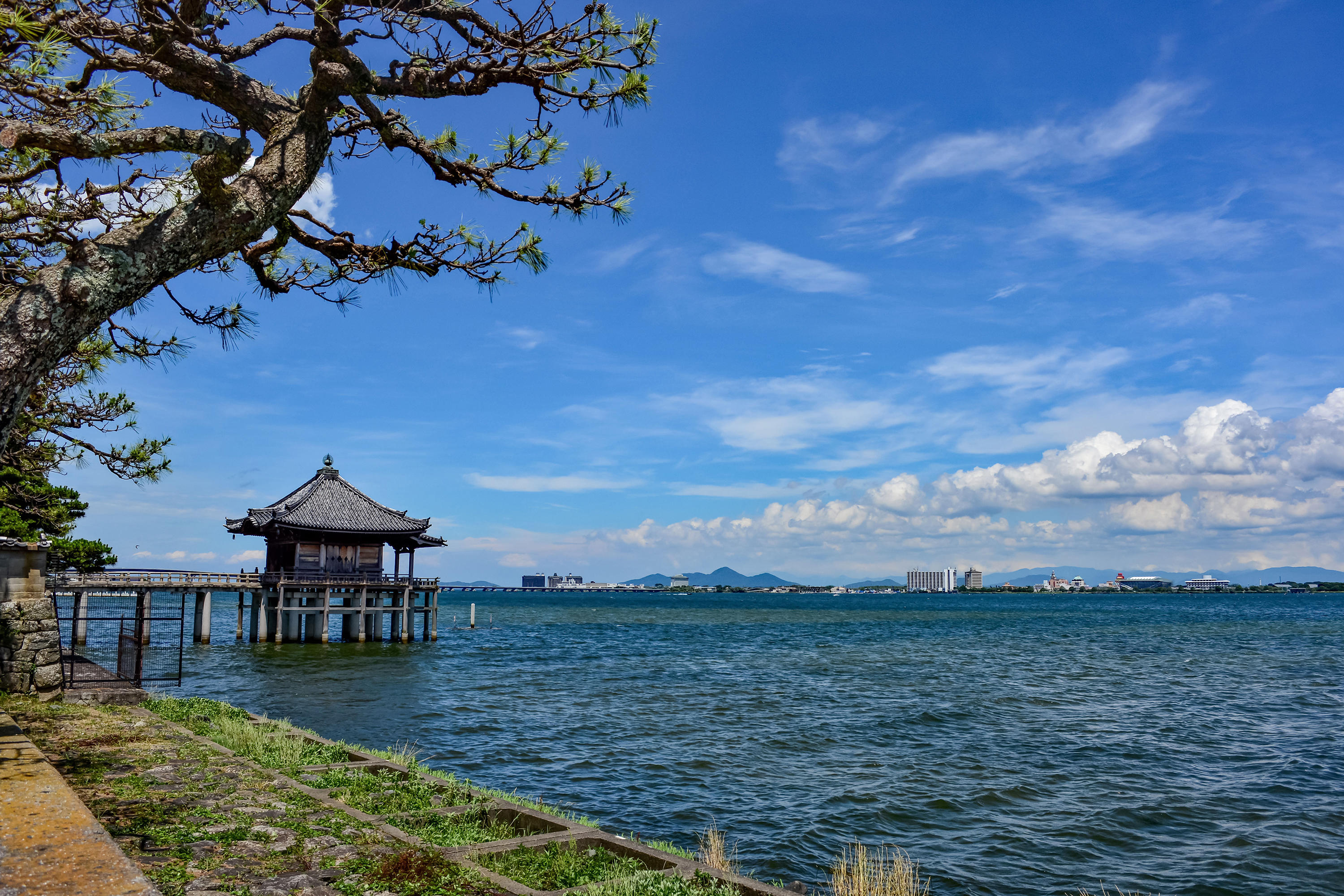
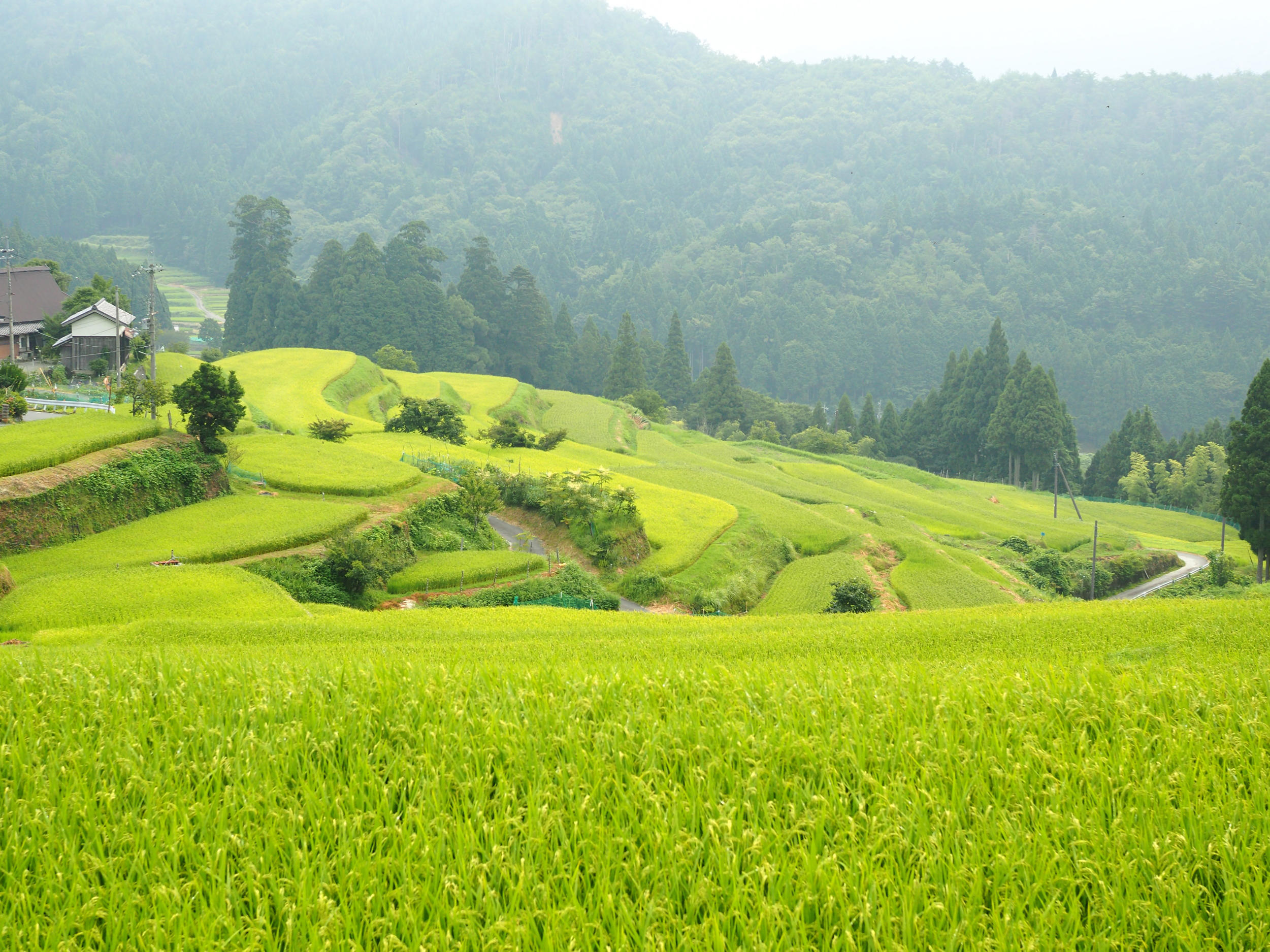
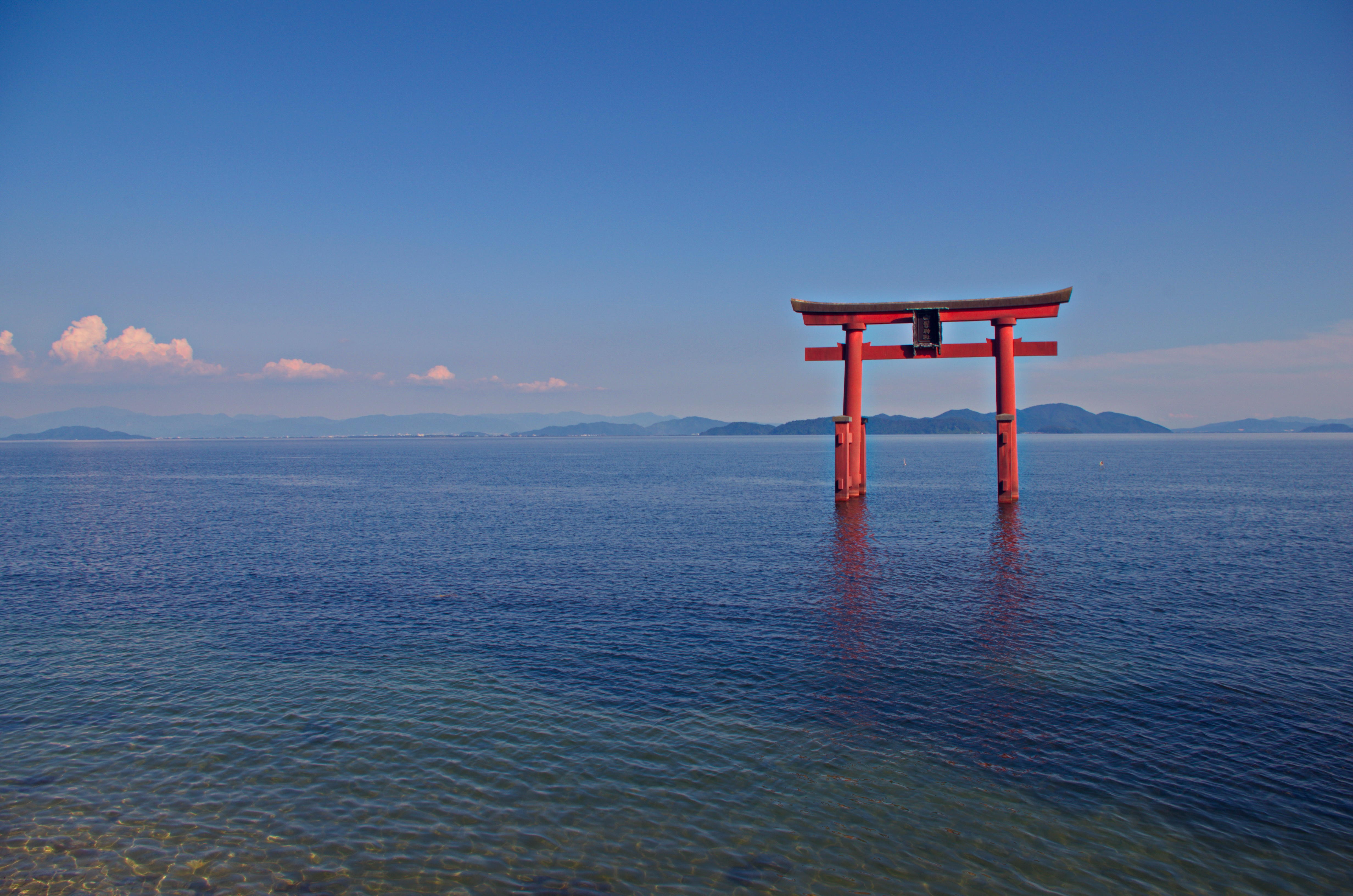
 Next, we walked over to the Bimyo-ji Temple to make our own juzu, which is a bracelet of beads often used as a charm.
Next, we walked over to the Bimyo-ji Temple to make our own juzu, which is a bracelet of beads often used as a charm.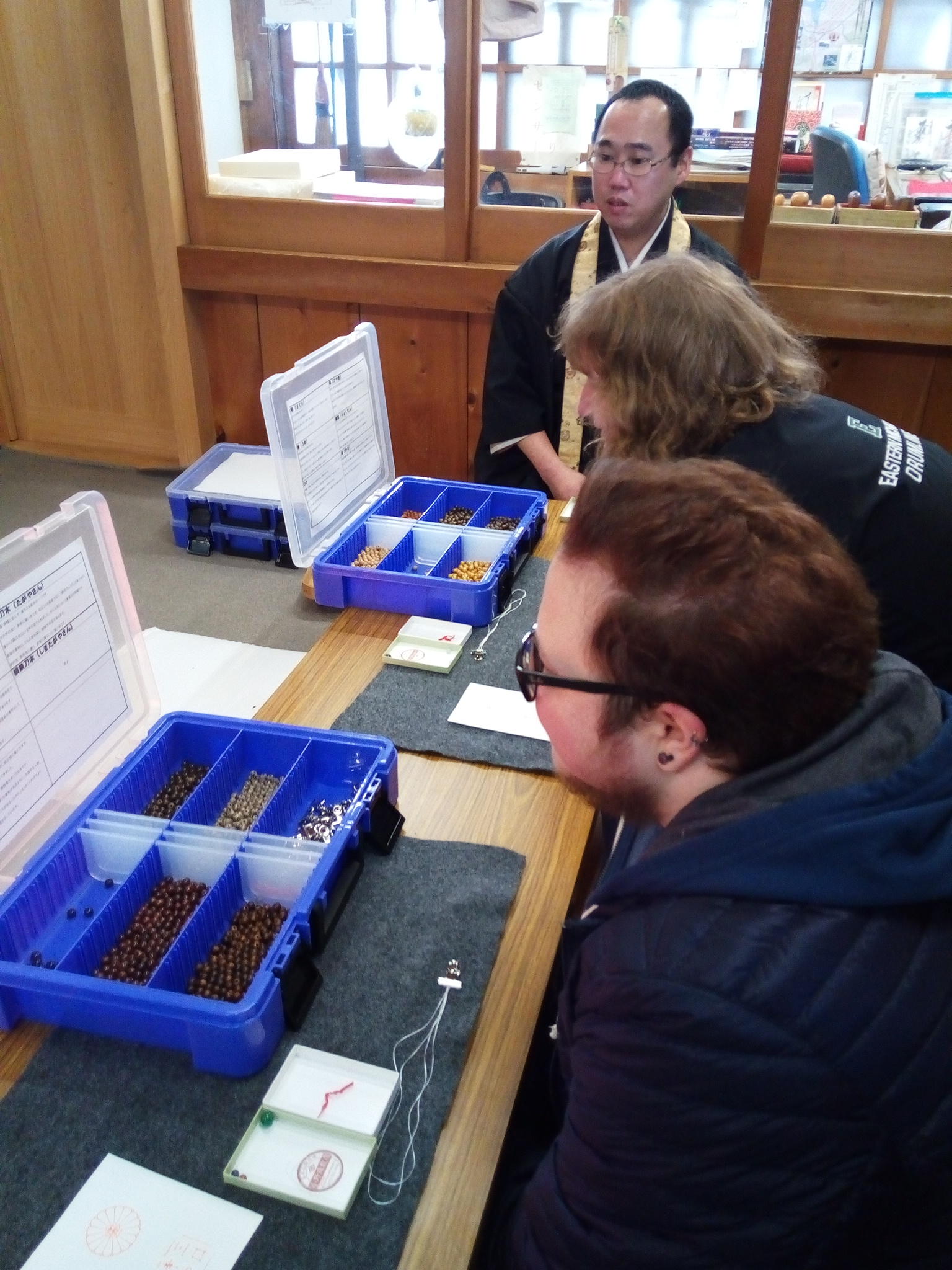
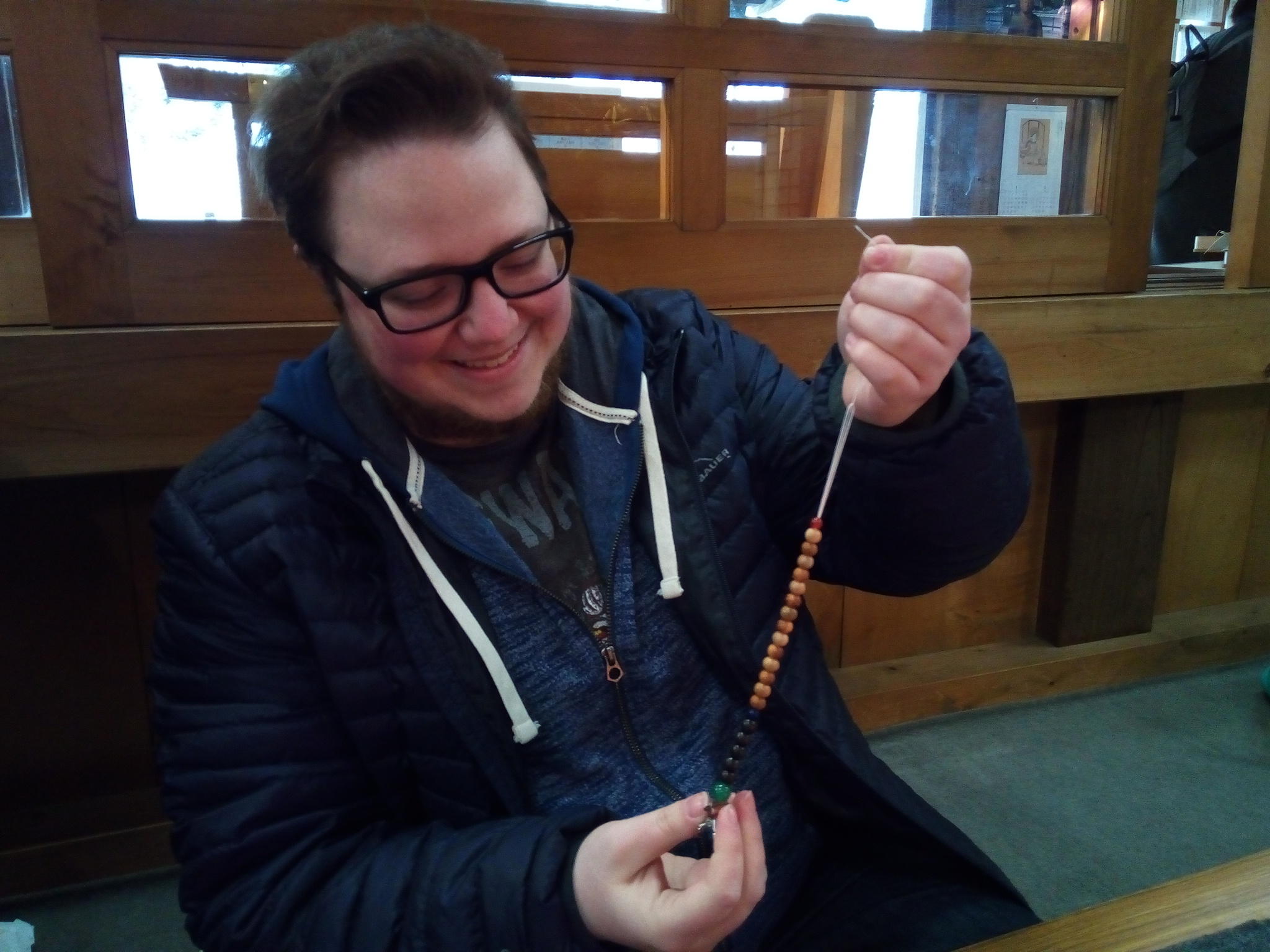
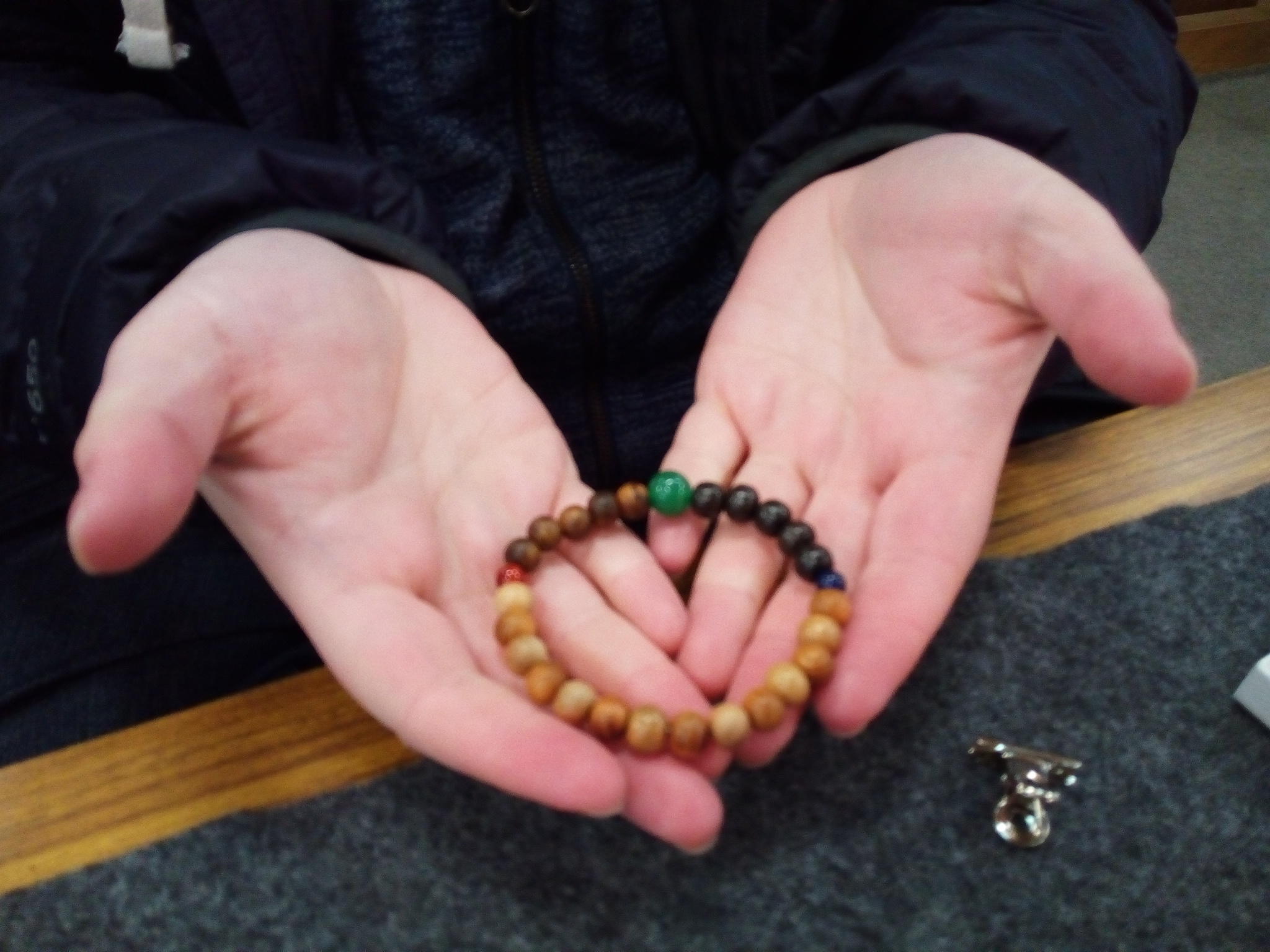
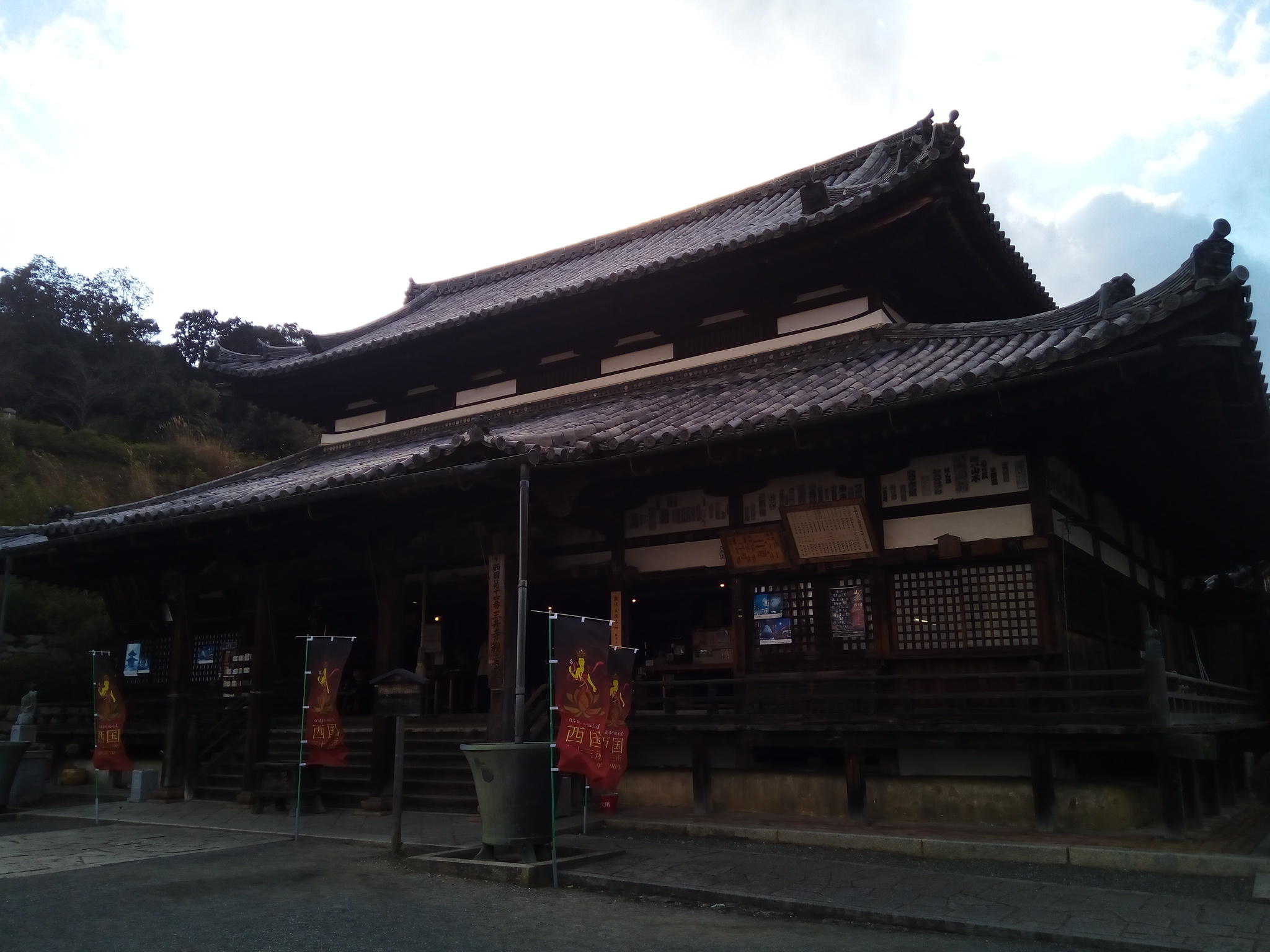
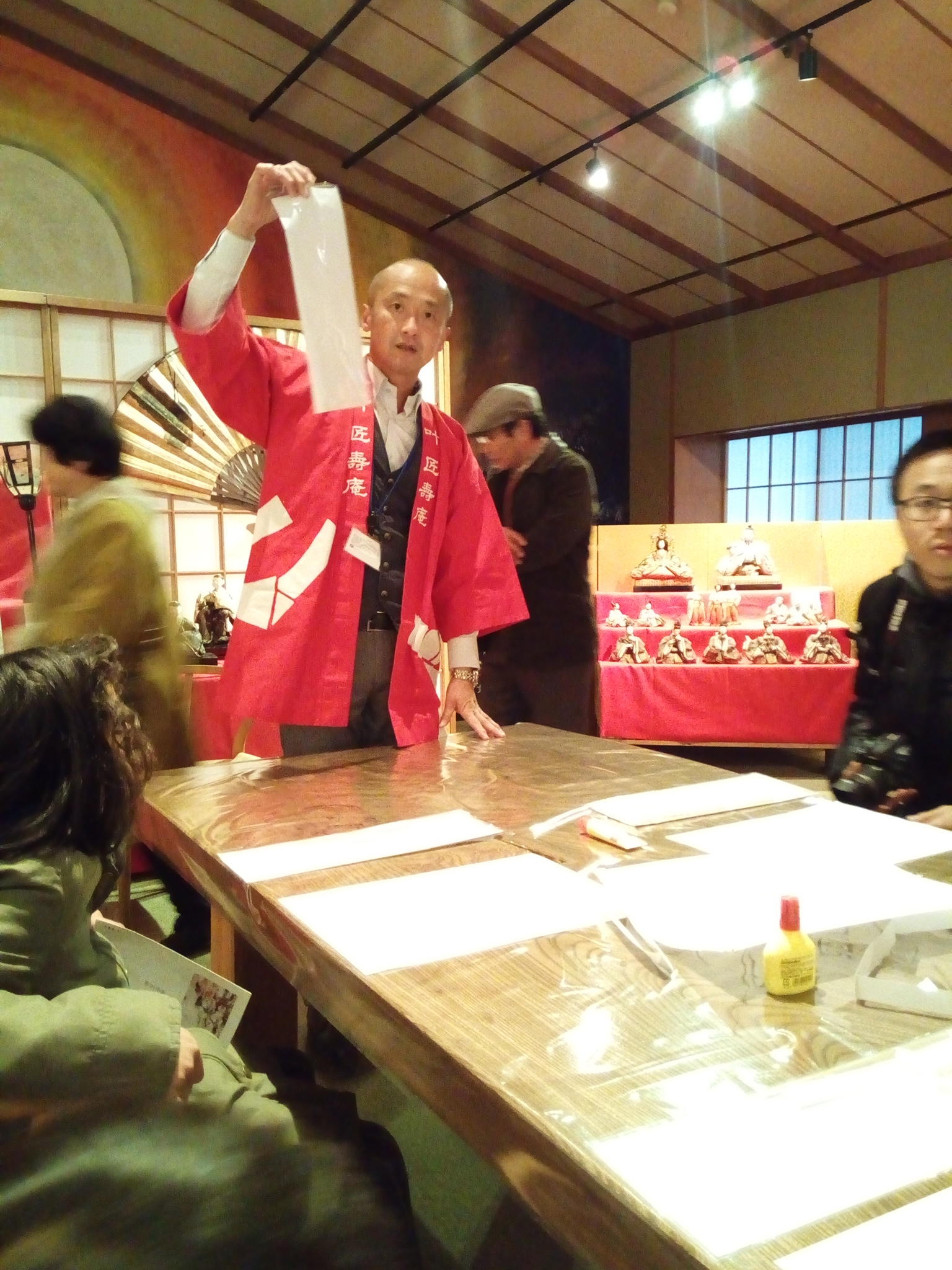 He is a Japanese kite master who working at Sunai-no-sato, Kanou Shojuan (Otsu city, Shiga prefecture)
He is a Japanese kite master who working at Sunai-no-sato, Kanou Shojuan (Otsu city, Shiga prefecture)
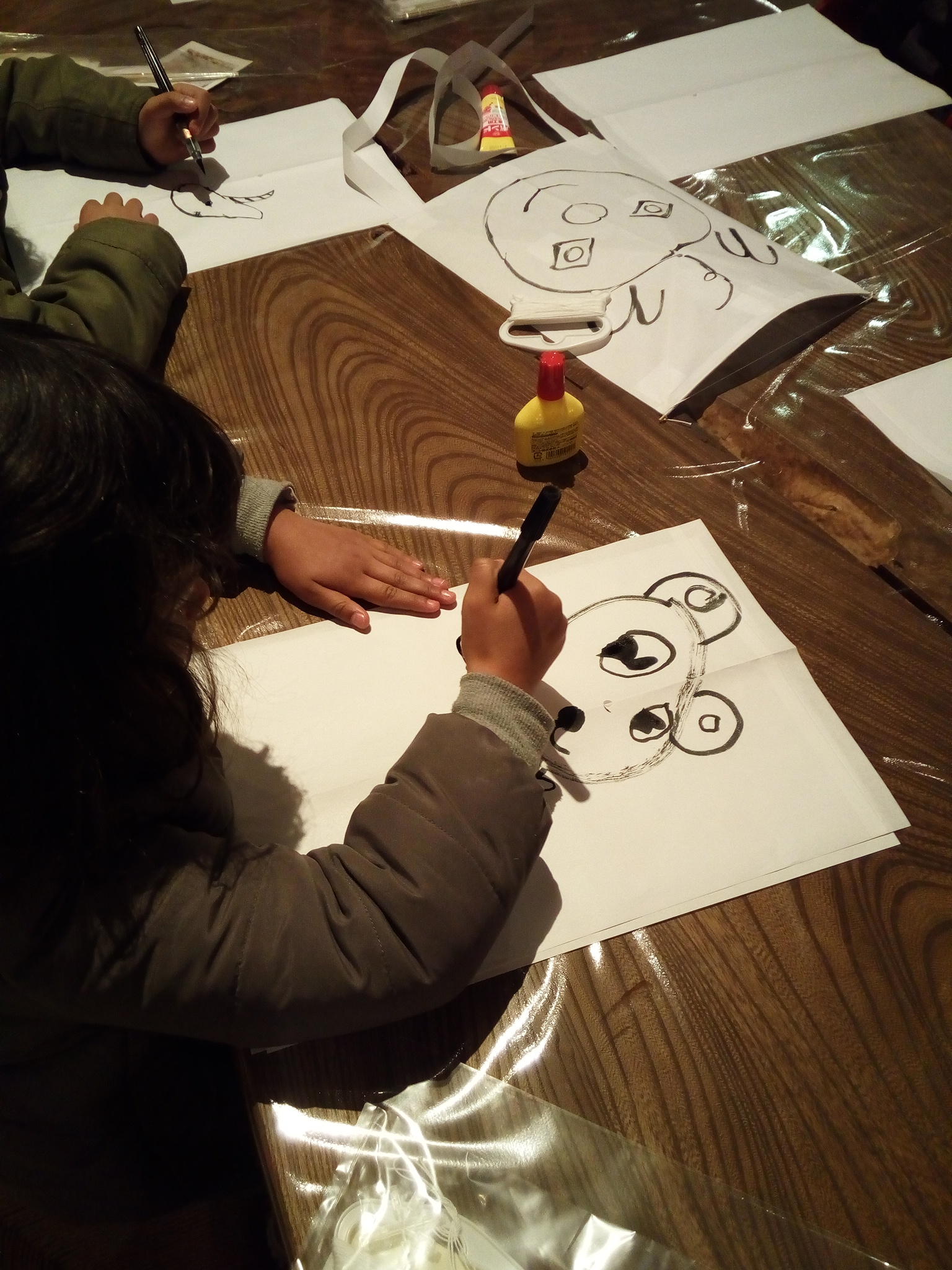

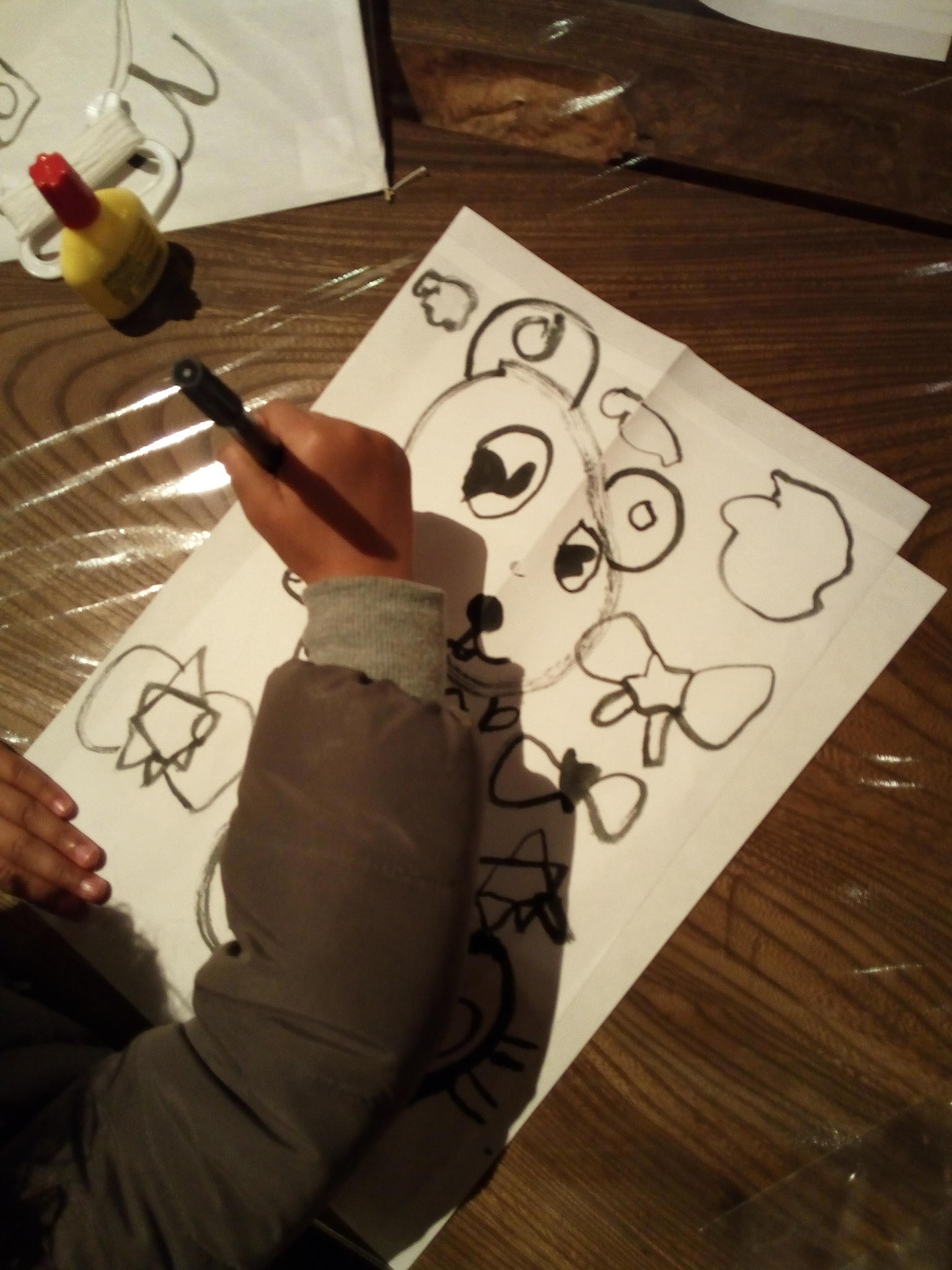
 Very difficult!!!!
Very difficult!!!!